(Original title: Want to start a business in AI? Here are some suggestions for reference)

Editor's note: Last Friday, Galaxia invited several experts, entrepreneurs and investors in the field of artificial intelligence to hold a closed-door sharing session. Liu He, general manager and partner of the Galaxy Artificial Intelligence Division, published the topic “Artificial†Smart Entrepreneurs Should Return to the Law of Business. The speech talked about the phenomenon of the first wave of AI start-ups in 2017, Liu Ye proposed several suggestions for this phenomenon, hoping to give some inspiration to entrepreneurs in the AI ​​field.
Artificial intelligence has entered a period of rapid development. Giants and start-up companies are all laying out one after another, and the traditional industry has ushered in the opportunity for restructuring.
For entrepreneurs, as the AI ​​ecology built by the giants is getting better and the cost of storage and computing has dropped drastically, the difficulty of AI start-ups is gradually decreasing. According to statistics, the number of newly added artificial intelligence companies in the past two years has exceeded the sum of the past 10 years.
Under the premise that capital promotes the development of the industry, some start-up projects have come up with a valuation bubble, and from the perspective of business rules, there is still a long way to go before the full-scale landing of artificial intelligence.
I think that entrepreneurs in the AI ​​field must be able to deepen their fields based on industry pain points, lay a good foundation, and solve practical business problems.
Artificial intelligence in 2016 has been developing rapidly. No matter if it is from the events of the emblem, the layout of the giants, or the data of investment, it can be seen that the development is extremely rapid, but the whole is still in its infancy.

Since the 1950s, artificial intelligence began to develop. In the early days, it was not called "artificial intelligence." It had many titles that met the technical attributes of that era, such as "human-computer interaction, expert systems, pattern recognition, machine learning, and deep learning." "And so on, are all areas covered by artificial intelligence."
After 2010, what are the differences in the development of some topics represented by machine learning? It can be found that with the development of big data, more and more fields have produced distributed big data, which can train algorithm models. In addition, the development of FPGAs, GPUs, and even future dedicated chips also makes low-cost, low-level computing power possible.
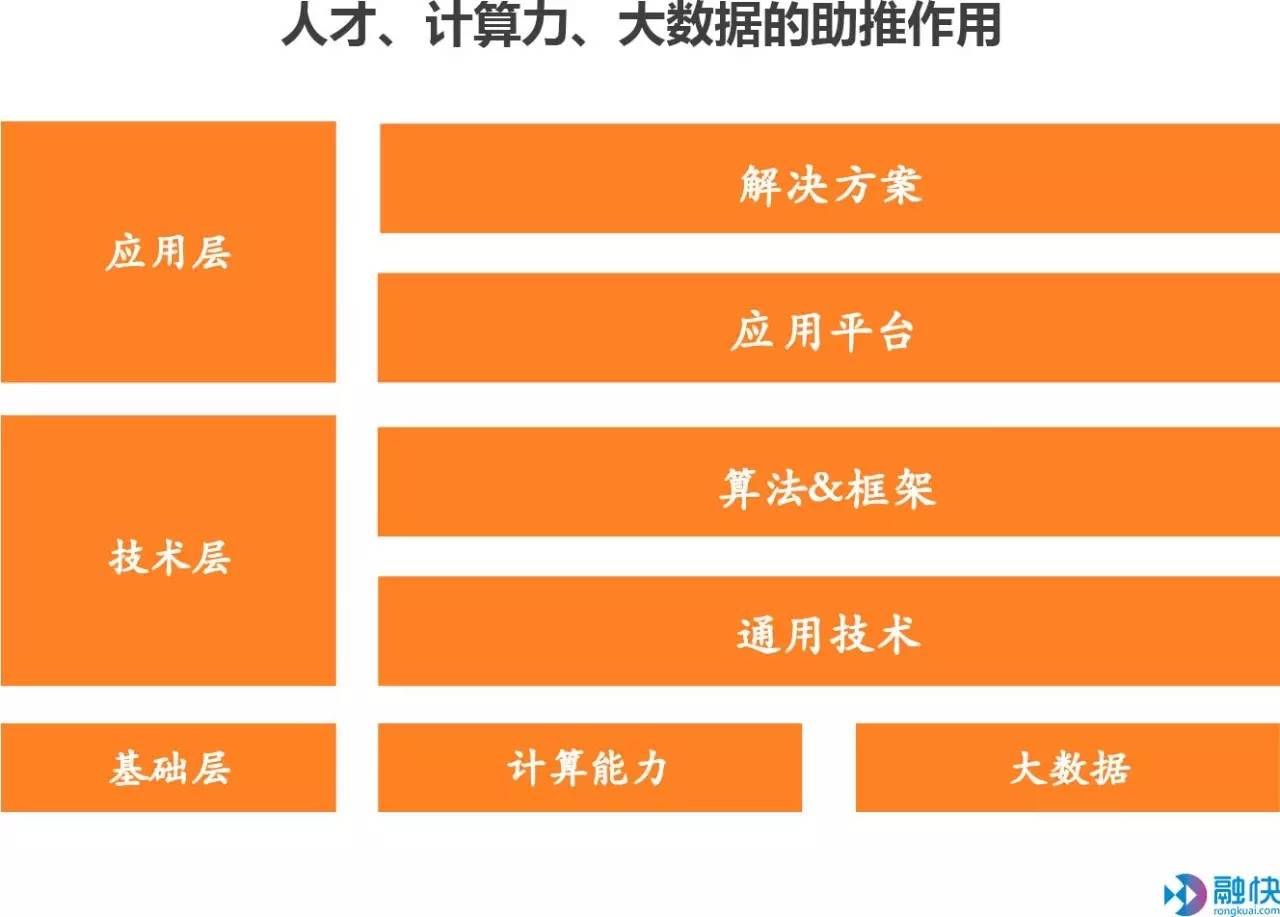
In the current basic architecture of artificial intelligence, the bottom layer is infrastructure, including data and training models. The middle layer is the technology layer, there are algorithms and various frameworks, and the upper layer has solutions applied in different subdivided areas. This composition constitutes the current industrial chain of artificial intelligence.

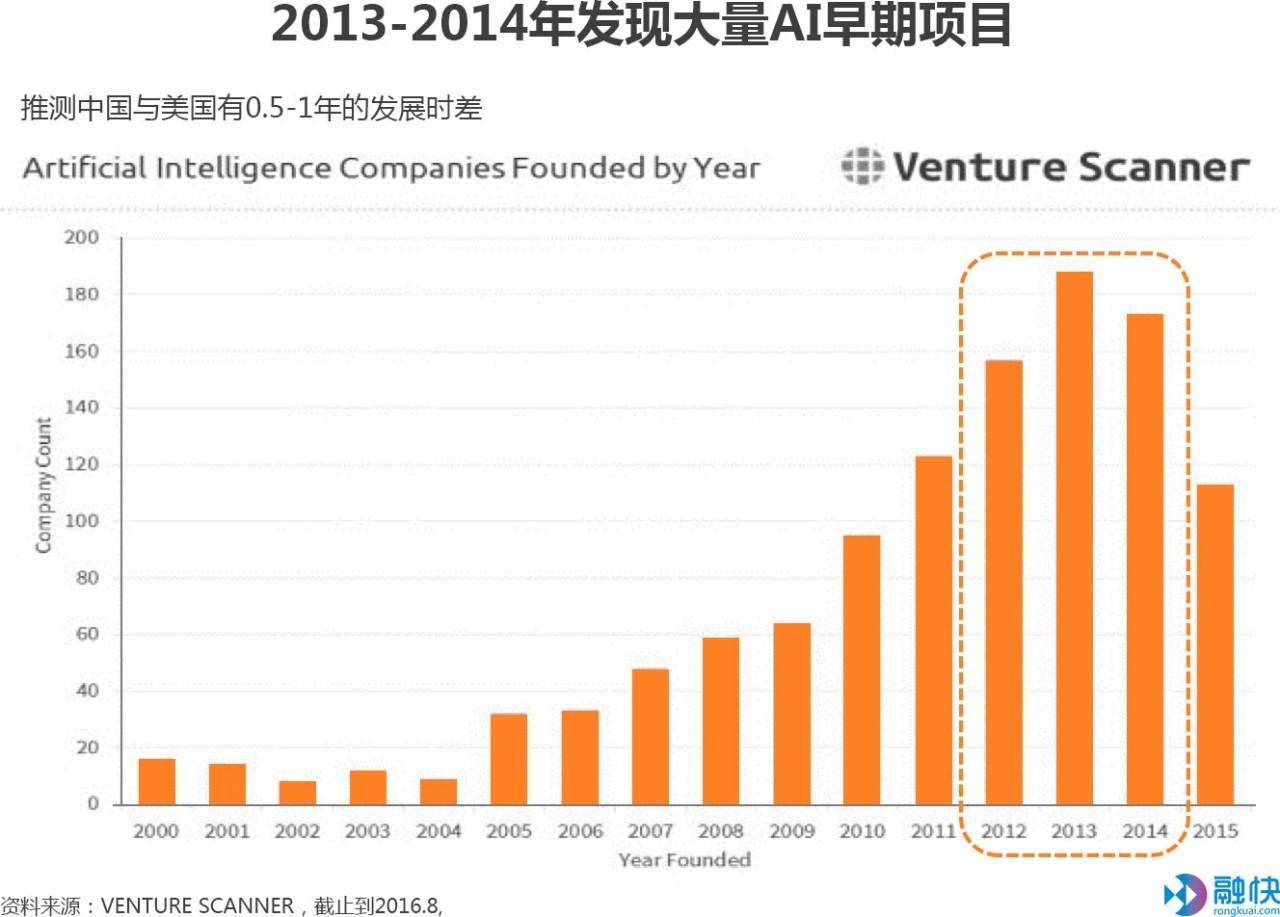
From the geographical distribution map, we can see that 60% of the world's projects are in Europe and the United States. Judging from the time when the global AI project was established, most European and American AI projects were established in 2013 and 2014. In China, in 2014 and 2015, a number of AI angel projects were also created. From an inferential point of view, China's overall AI development over the United States should be slow for half a year to a year, and some of its star projects were not called artificial intelligence projects at that time.

This is a combination of AI and various fields, such as medical care, marketing, business intelligence, security, finance, IOT, etc. It basically covers all aspects of science and technology we currently see and aspects of traditional industries. We think the prospect of AI is still very strong. Broad, but the current technology is relatively mature is the medical, financial, vertical field of smart customer service, voice, security and other fields.
Medical treatment has a typical characteristic. Its scenes and applications are relatively closed, and its data is structurally symmetric. If it is easy to get the training model, it is a natural property.
There are still some open areas where progress is a little slower. In the field of speech, it is actually the most promising area for full-scale landing. From the test accuracy rate of a test set in a quiet environment, it can basically reach 95%. However, in a non-quiet environment, its application is not good. There are still many problems with the effect. Another problem is that the understanding of semantics, especially the understanding of the meaning of Chinese language, is still immature.
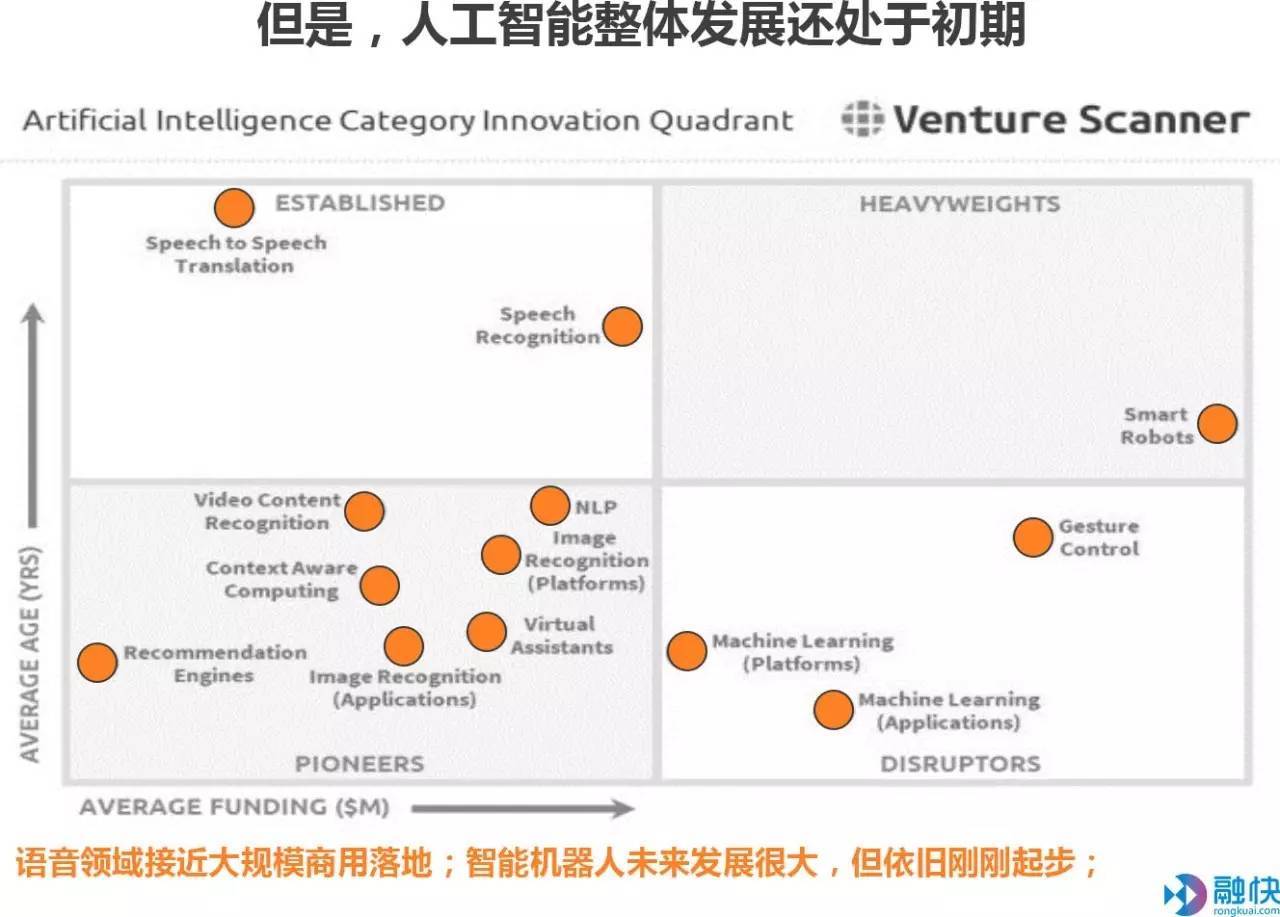
As mentioned earlier, the development of artificial intelligence is hot, but from the perspective of technological development, artificial intelligence is really still in its infancy. From the quadrant of the distribution
Look, most of the fields have only just begun, voice may be faster, then there are some areas with more potential, such as smart robots. In terms of the number of existing projects, intelligent robots should be the largest segmentation area in AI.
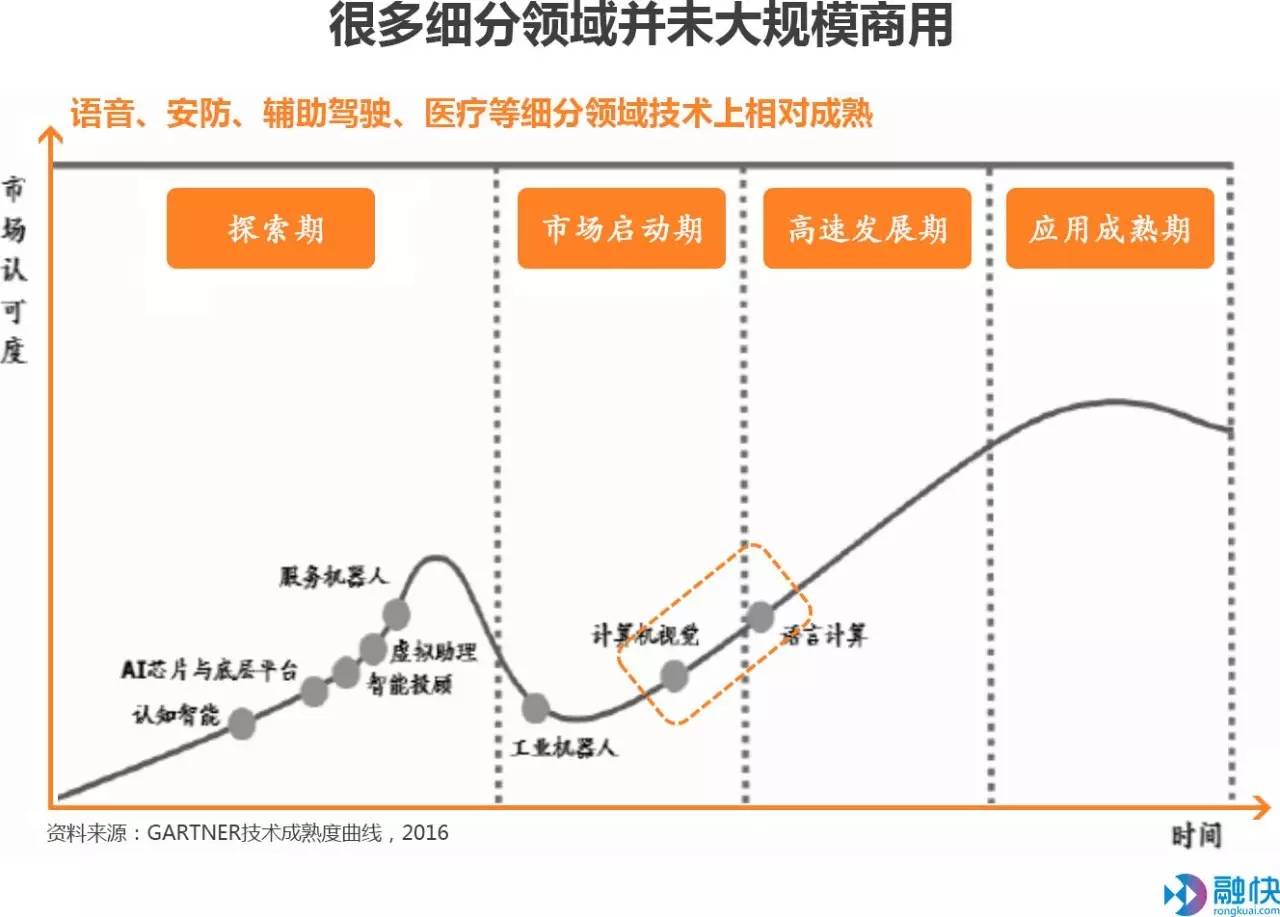
From the point of view of maturity curve, speech is more advanced, then computer vision, especially in the field of security, closed scenes, there are a large number of islanding data can be used for training, in these areas it is a first-mover advantage. .
Just mentioned that while AI is hot, we have seen many changes from the second half of 2016 to the present. This is a change in the industry based on the evolution of the artificial intelligence industry and the analysis of the environment.
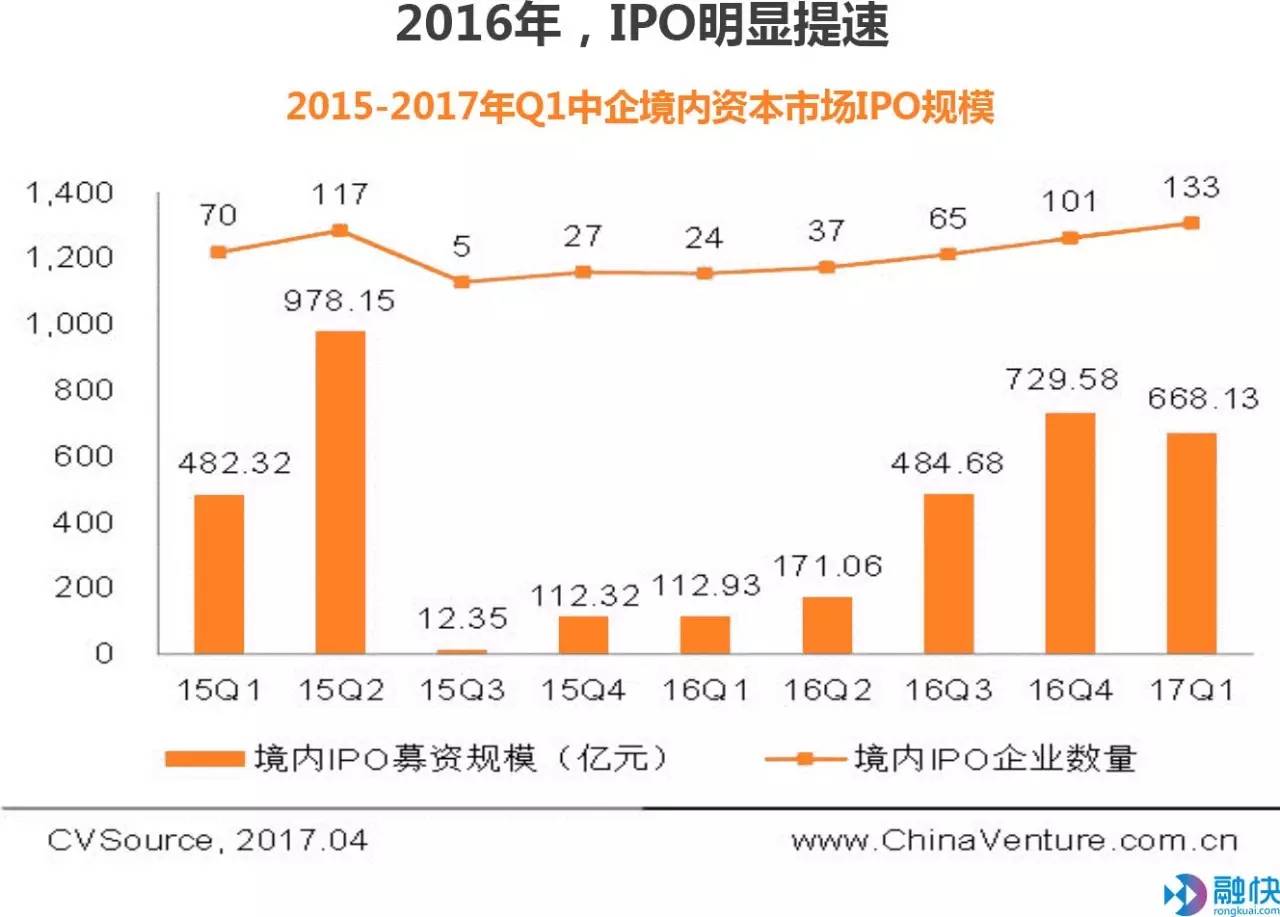
The first is the IPO speedup. Does this change have any impact on cutting-edge technology? The future will have a great influence.
Many new three board projects have been delisted. If your entire project has good fundamentals and profits for three consecutive years, then it may go to the IPO. From the data point of view, we can still see the trend of an IPO speeding up. We also heard the news from the Securities Regulatory Commission that ten projects will pass the IPO audit every week. At this rate, there will be more than 500 projects a year.

Second, the amount of funds raised by domestic growth funds has become the largest. In the long-term fund, projects that have been verified around the A round and business model will be particularly sought after by investors this year. In fact, the focus of the capital market has a tendency to move backwards. This is what we feel from the data and the usual business process.
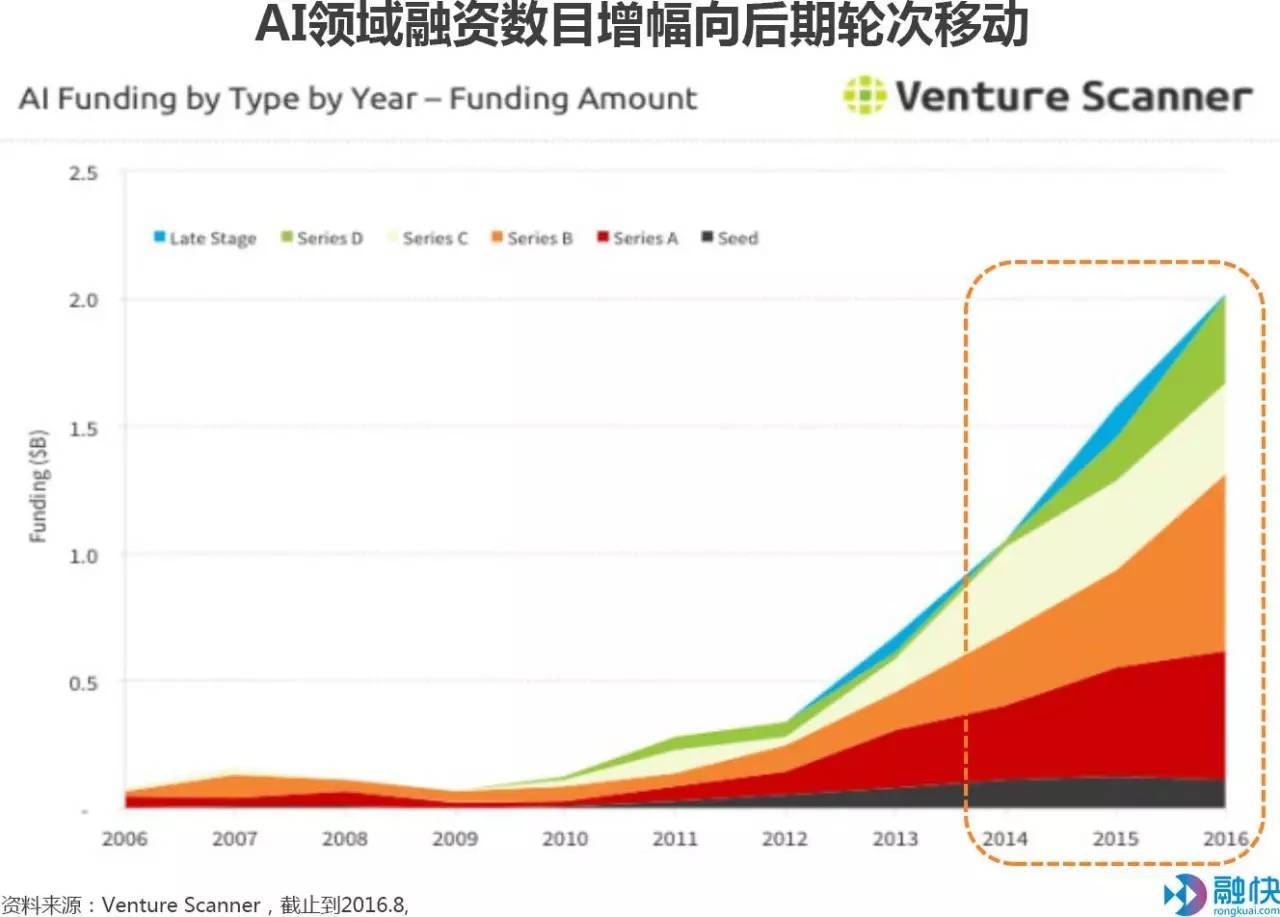
Finally, under such a large driving force of capital, the AI ​​project will slowly transition from the early days of angels to the evolution of time and the driving force of capital to the trend of A round. We can see the number of early project financing. There is a decreasing trend in quantity.
So how do we think about these changes?
We can see from the data that there are many AI projects with high valuations, and even that the entire artificial intelligence field had a relatively large bubble last year. With the acceleration of IPO and the continuous evolution of projects over time, the exit of high-value projects will face enormous challenges. We can use the A-share artificial intelligence concept project to use it as a rule to look at its revenue, business model, and PE and PS. In fact, you will see that artificial intelligence is still far from full commercial use. It is still far from the stage of full profit.

As of the data of Q3 of 2016, taking the example of HKUST’s information technology, the annual revenue of HKUST’s FY revenue was about 3.3 billion, and then the net profit was 4.9 billion. We look at the HKUST’s Xunfei as a microcosm to see the industry. Some of the similar voice companies’ main businesses have not been profitable, and the whole is still in a state of burning money. With such a high valuation, what kind of multiple or expected investors should withdraw? This is a very serious issue.
Therefore, we believe that in the dual role of IPO speedups and high valuations, I think the 2017 AI industry will have the first wave of reshuffle. Those business models that have not been validated for a long time, have high valuations, and projects that burn money very fiercely will run the risk of unreceiving and unable to withdraw.
Finally, share a few of our overall perspectives on this industry. These views come from our long-term tracking, exploration, thinking, and precipitation of AI startup projects.
First, algorithmic barriers will gradually decrease
Last year, if you had a better scientist and a better algorithm analysis team, it might be easy to get angel rounds or even A rounds of financing. This is positive. We also had a lot of such opportunities last year. At that time, I was hesitant about many projects and I did not know what kind of future it could grow into. The team is very good, the background is very good and it is very tangled. As the industry evolves, as more and more attention is paid to you and you do more and more people, there are always scientists entering this field, and algorithms and barriers will slowly decrease. This is the law.
Second, the project needs to have vertical capabilities in vertical areas.
In addition to the algorithm, the entrepreneurial team needs the in-depth capabilities of the industry and market practice capabilities. Without these capabilities, the project is still very difficult to implement and it is very thin. It may face many crises.
Third, solving demand is more important
In the application scenario of landing, solving needs is more important than algorithmic innovation, and the required capabilities are also more comprehensive, and the value created is also easier to implement. Therefore, the core question is what kind of needs can be solved by the product of the entrepreneurial project.
Fourth, the overall solution is more valuable
The overall solution for hardware and software is more valuable than a single algorithm. Hardware projects are a bit higher than software project barriers. This is a phenomenon we have observed. So the overall solution is extremely important. For example, in the early days of the industry, it was not enough to provide the core components to the robot. There were algorithms or hardware. Light provided the software, the customer wanted to find the hardware, and the light provided the hardware to find the software. The best ability is to provide a complete set of hardware and software solutions. With this ability, there are still some opportunities.
Fifth, data resources are more scarce
The data resources in the vertical domain are more scarce than the individual algorithms. Can we get training datasets with marked data that others do not have, for example in the medical field, this is extremely important for the early training model.
Sixth, the To B field will take the lead and it will take 5-10 years for To C to land.
Artificial intelligence will be the first to fall in the To B field, and the C-term is still far away. Only when the B-side is relatively mature and can solve the demand for C-side low-cost, the C-end has the opportunity to land.
Seventh, there are still many opportunities for innovation and entrepreneurship in the AI ​​field
There are many opportunities for innovation in this area. We are also actively creating and investing.
For AI startups, the first question to consider is how to live. Here are four ways to survive:
Finding opportunities for mergers and acquisitions
Strengthen ecological cooperation, integrate solutions with partners, and form high barriers
Manage cash flow and operate efficiently
Can take money to get money, don't blindly pursue high valuation
With the development of the artificial intelligence industry, we have paid too much attention to the concept of "artificial intelligence" and weakened the law of entrepreneurship relatively. I believe that with the drive of capital and industry development in 2017, artificial intelligence will tend to develop rationally. We also welcome AI entrepreneurs who have truly returned to the law of entrepreneurship to make progress together with us and change the future.
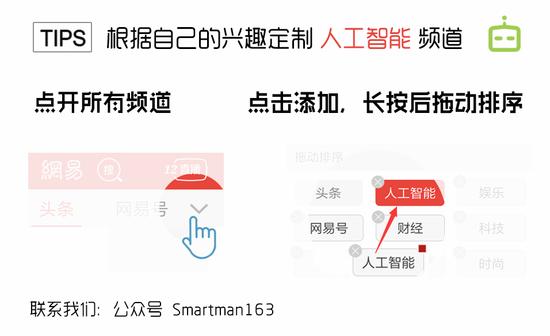 燑br>
燑br>
Vaporesso Vape pen, Manufacture Vaporesso Vape, Wholesale Vaporesso Vapes
Shenzhen Xcool Vapor Technology Co.,Ltd , https://www.szxcoolvapor.com